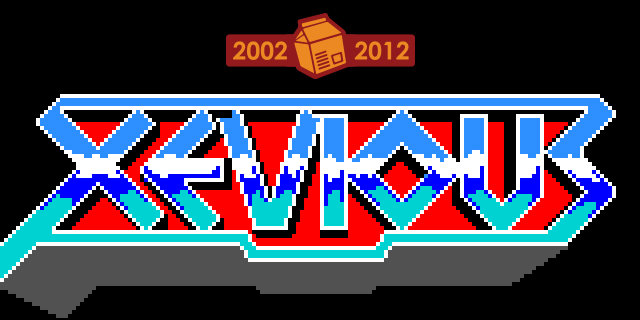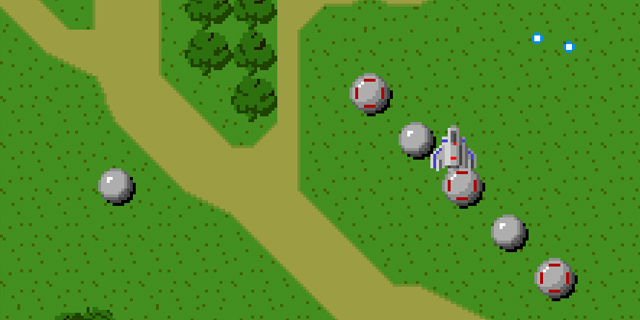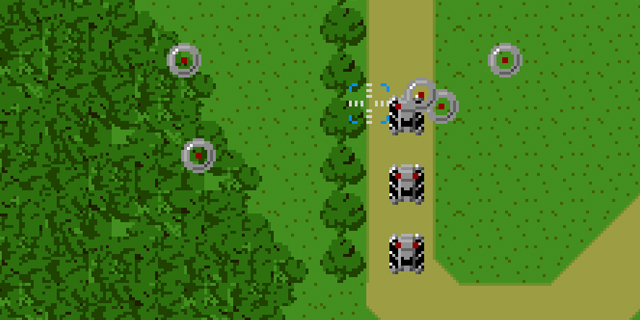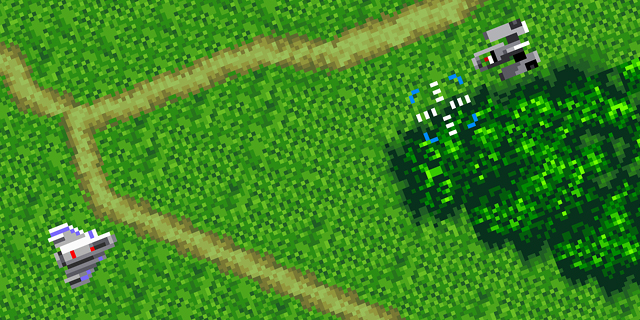
One of the most influential titles of its time and a huge hit in the arcades when it was first released by Namco in 1982, Xevious is an increasingly divisive game among shooter fans. While still loved in Japan, it’s often found too boring and slow by Western audiences, who can’t find any compelling reasons to play it over the likes of Gradius and DoDonPachi.
I used to share that sentiment.
And I was wrong.

Anniversary profile
Flashback
Author: Erik Twice (2012)
Shining the spotlight on older games you may have missed.
Xevious is a unique shooter. It’s not a modern game. There’s level design but no real patterns, it’s randomized, feeling like the enemy attacks in Galaga, but it predates most of the design conventions of the genre (like complex scoring systems and power-ups) by several years. Even though it was copied and improved upon, it sits at an inflection point more than being the next evolutionary step. It’s a bridge between two different ideologies and doesn’t stand on either side, which is incredibly off-putting in a sense, but also extremely interesting.
In fact, if you look closely enough, the core mechanic of Xevious is timing: the timing of shots, and the timing of your movement. You always have to plan a little bit ahead, because enemies attack in swarms and then fly outside the screen, making prediction a complete need to shoot them all. And it’s not even to score higher and higher or to chain combos, but simply to gain more lives and keep your quarter going for a while longer.

This is when the game clicked. Trying to nail every single enemy was a unique experience; it’s the real game, not just an expert mode. You can’t “beat” Xevious, as it loops, so you can only score higher and higher on it. What it brought to the table was the deliberate gameplay: the dozen different enemies, each with a different personality and attack behavior, all have small nuances to conquer and learn.
And it keeps you on your toes. If you become too proficient at killing a certain kind of enemy, the game will send other enemy ships against you, trying to exploit your weaknesses. Being overly aggressive will make you face more waves than a more peaceful game, constantly giving you the choice of whether to push up the difficulty and scoring better, making the game incredibly tense.

This is nothing new to shoot-’em-up fans, who will probably know this mechanism as “rank.” It’s featured in plenty of well-known shooters, but I have yet to play any where it feels as central and tight as it does here. The game feels like it was made with a pencil and a notepad, with the shadow of the designer playing a central part of the experience. Never mind the secrets, the scoring tricks or the order of the enemy waves: what makes this game unique is how personal it is. It’s Masanobu Endo’s game first and foremost, and there’s nothing quite like it.
But for those who still feel let down by the glacial-yet-addictive pace and think the looping music doesn’t make the supposedly-great setting come alive, there’s Xevious Arrangement, a sequel of sorts to the original game that could also be described as a remake. Featuring much faster movement and thus much more numerous enemies, it brings the game to a more modern audience while being different enough to cater to old fans alike. It’s probably one of the best remakes I’ve seen in a while, and while Xevious 3D wasn’t bad either, it’s the game to play if you are interested in the series.
The fourth planet awaits you!



















